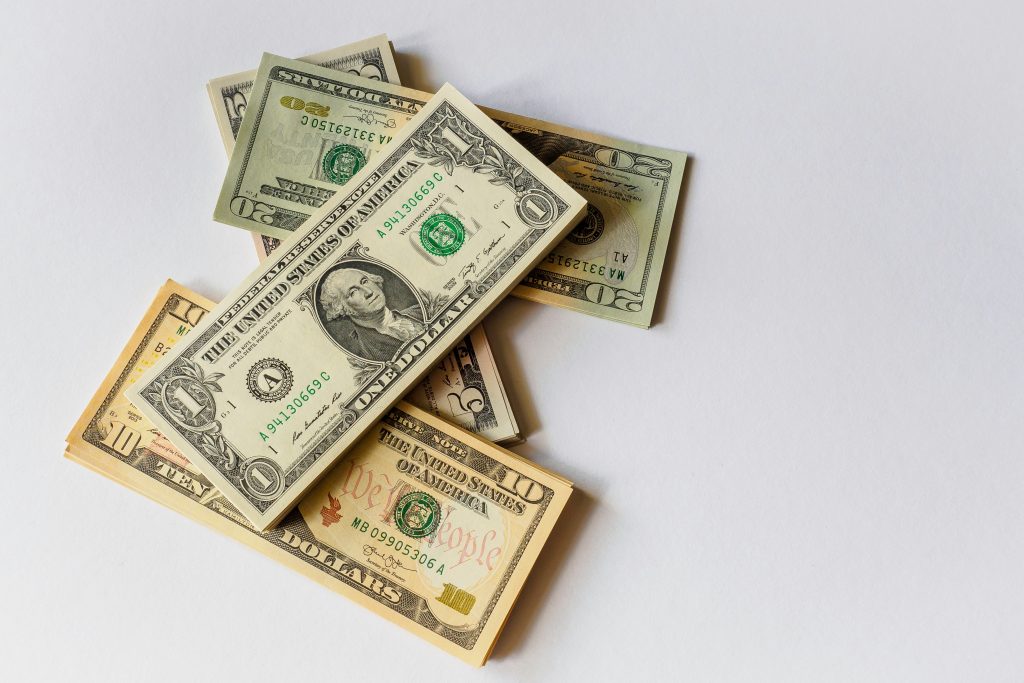Starting in 2026, the One Big Beautiful Bill Act (OBBBA) increases the threshold for when businesses must issue Form 1099 for payments to non-employees.
Form 1099 is used to report payments made in the course of a trade or business to individuals or unincorporated entities who are not employees—such as freelancers, independent contractors, and service providers. If a business pays someone over a certain amount in a calendar year, it must report that payment to the IRS and provide a copy to the recipient.
The following chart summarizes the changes:
Criteria |
Before OBBBA (Through 2025) |
After OBBBA (Starting 2026) |
Reporting Threshold |
$600 |
$2,000 |
Applies To |
Payments for services in a trade or business |
Same types of payments |
Form Used |
1099-NEC or 1099-MISC |
Same |
Inflation Adjustment |
No |
Yes, beginning 2027 |
The updated threshold is intended to reduce administrative burden, especially for small businesses. The $600 rule remains in effect for payments made in 2025. Beginning in 2027, the $2,000 threshold will be adjusted annually for inflation, meaning it may increase slightly each year to keep pace with rising costs.
Form 1099-K: The new legislature also increases the Form 1099-K reporting threshold starting in tax year 2025. This form is issued by third-party platforms (like PayPal, Venmo, and online marketplaces) for payments received for goods or services. Under the new rule, a 1099-K is only required if total payments exceed $2,500 in a calendar year, regardless of the number of transactions. The previously planned $600 threshold was repealed.
